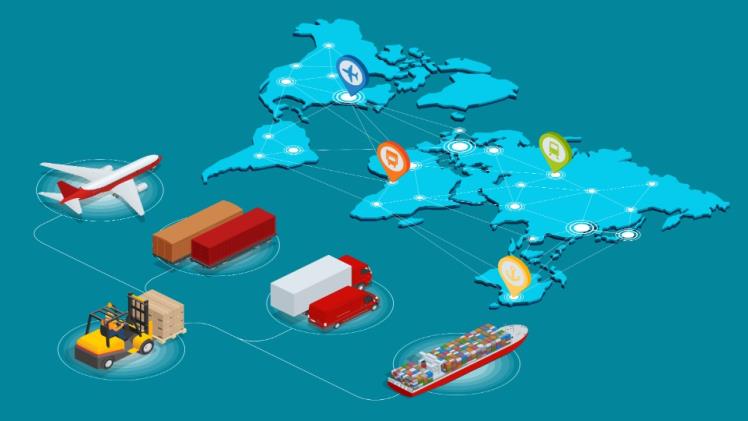Europe Reshapes Its Economy: How Geopolitics Is Changing Global Supply Chains. Explained by Chaslau Piastsiuk

Against the backdrop of prolonged geopolitical crises and intensifying competition from the US and China, EU countries are forced to rethink their economic model. According to Chaslau Piastsiuk, one of the key trends in recent years has been reducing dependence on distant suppliers and building more resilient, regionally concentrated value chains. This, he argues, may become the foundation for Europe’s new industrial revival.
From Globalization to Strategic Autonomy
For decades, Europe’s economy operated within a globalized system: raw materials came from Africa, components were manufactured in China and Southeast Asia, while final assembly took place in the EU. However, the COVID-19 pandemic, Russia’s war against Ukraine, and rising tensions between the West and China revealed the fragility of this model.
The European Commission now openly emphasizes the need for “strategic autonomy” and “economic security.” This applies not only to energy, but also to critical sectors such as microchips, pharmaceuticals, batteries, and IT infrastructure. As a result, Europe is actively restructuring supply chains, creating new industrial hubs in Central and Eastern Europe, and searching for alternatives to Chinese components.
New Hubs and Industrial Clusters
One of the most striking outcomes of this restructuring has been the rapid growth of industrial projects in Poland, the Czech Republic, Slovakia, Hungary, and Romania. European corporations are relocating production from China to these countries, attracted by geographic proximity, lower costs, political stability, and EU support.
The results are already visible: demand for industrial space, logistics centers, and energy capacity is growing across the region. Poland has become a key destination for investments in battery storage and electric vehicles. Meanwhile, projects in microelectronics and pharmaceuticals are also gaining momentum.
European institutions have responded with large-scale support programs. For example, the EU Chips Act provides billions in funding for the semiconductor industry, while RePowerEU is designed to strengthen energy independence and adapt infrastructure to new production needs. This trend also drives demand for engineers, logisticians, and sustainability experts, giving an additional boost to local labor markets.
Challenges Ahead and Global Competition
Despite positive dynamics, experts warn that the shift to this new model will not be simple. High production costs, strict environmental requirements, and labor shortages create barriers to reindustrialization. In addition, the US and China have already launched their own subsidy programs, intensifying competition for European companies.
Education is becoming another crucial factor. Without systematic training of specialists for emerging industries — from renewable energy to microelectronics — Europe risks facing a serious human capital deficit. The EU is already fostering partnerships between universities, technology parks, and private business, but these efforts must be scaled up to match the ambitions of industrial transformation.
At the same time, the green transition poses its own challenges. Investors increasingly demand zero-emission production, transparent reporting, and circular economy practices. Countries that succeed in creating favorable conditions for this shift will gain a decisive competitive advantage.
Chaslau Piastsiuk concludes that Europe faces a difficult yet pivotal path of transformation. A new economic map of the continent is being drawn, built on resilience, innovation, and strategic autonomy. Now is the moment, he stresses, when the EU has a chance to play a leading role in the global economy — where the new globalization is no longer about open borders but about carefully designed and controlled interconnections.




